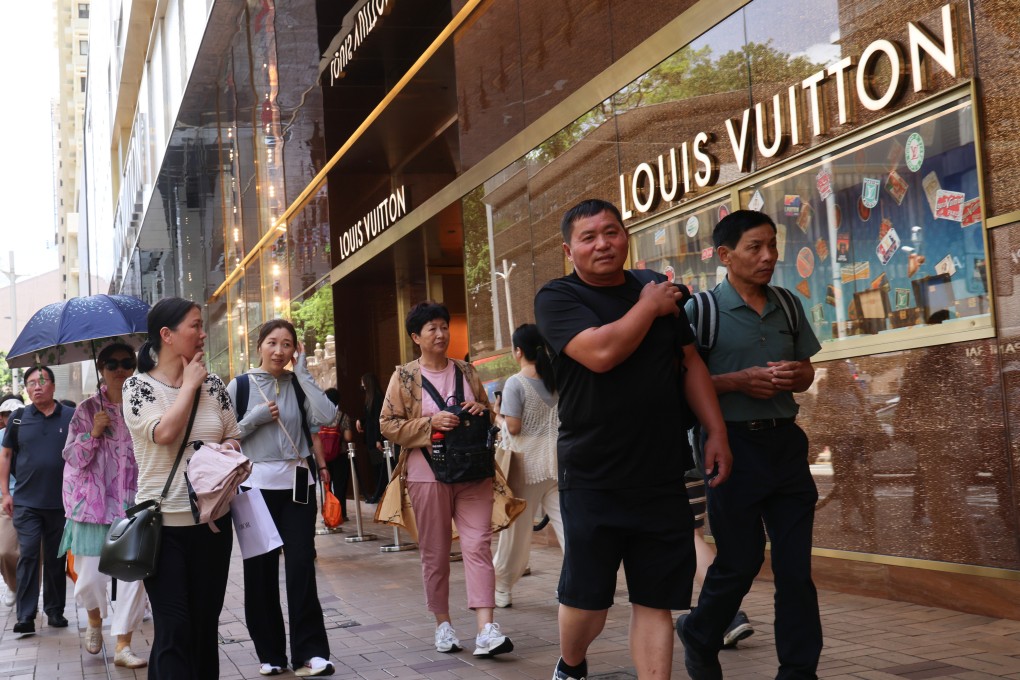Duty-free limit increase to HK$16,100 ‘not enough’ for mainland Chinese tourists in Hong Kong
- ‘I usually don’t go shopping when I visit Hong Kong now because prices on the mainland are lower,’ says tourist wanting limit of HK$30,000

Some mainland Chinese tourists in Hong Kong have expressed dissatisfaction over the coming duty-free shopping allowance increase to HK$16,100 (US$2,100) per trip, saying it is not enough, with several preferring to shop online or head to Hainan instead.
Peng Yaxi, a visitor from Shenzhen who arrived in Hong Kong via the high-speed rail at West Kowloon station, said on Friday the relaxed allowance was enough for her to buy household products, such as shampoo or medicine.
“But if I buy some luxury goods here, it is obviously insufficient,” the 28-year-old said.
Peng, who used to enjoy cross-border shopping more frequently, added she would like the limit to be increased to HK$30,000.
“I usually don’t go shopping when I visit Hong Kong now because prices on the mainland are lower,” she said.
Beijing announced earlier in the day that the allowance would be raised to up to HK$16,100 per trip, beginning July 1 at six border crossings.
